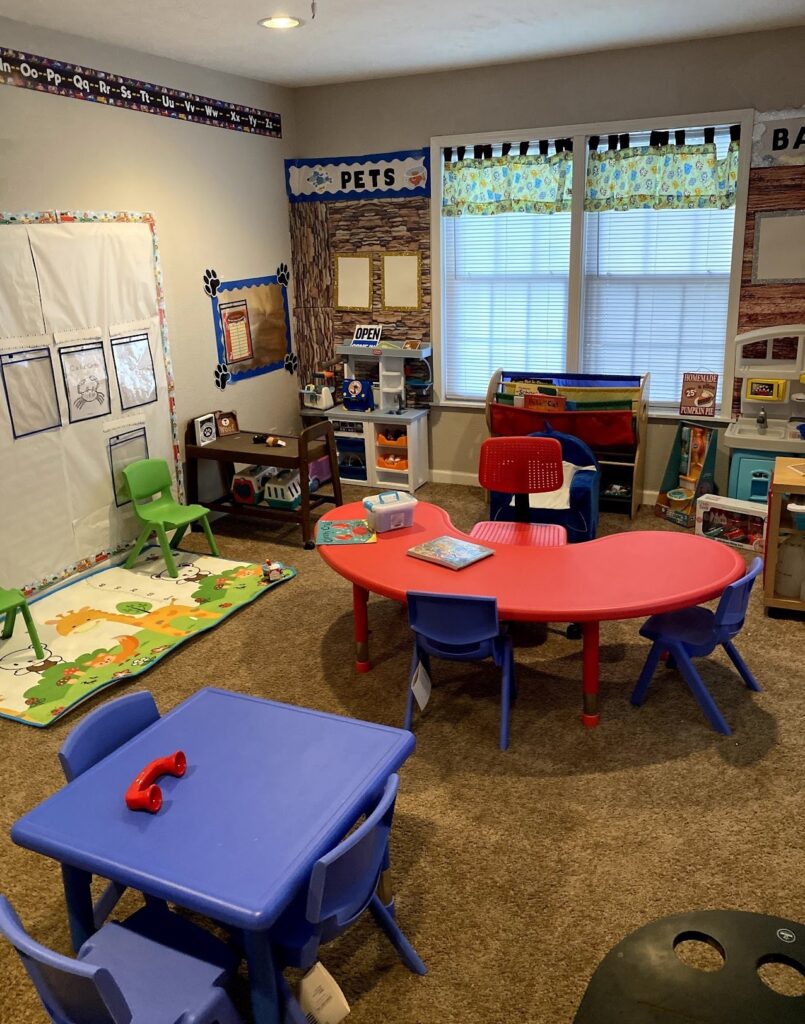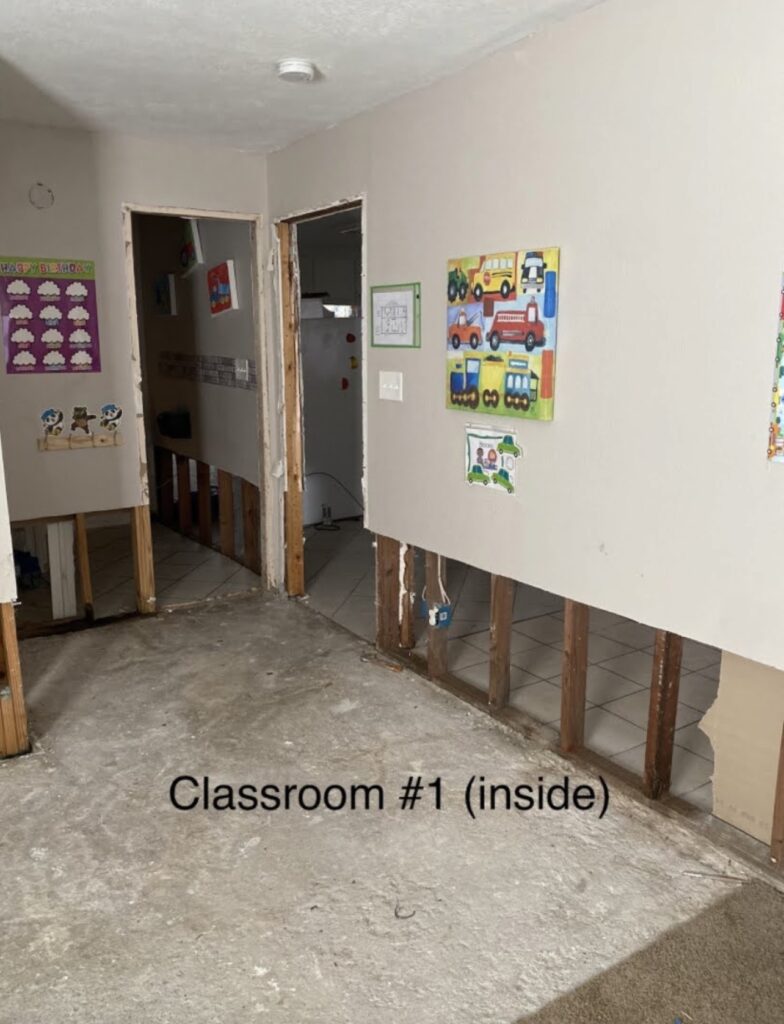Chris Nelson, a program specialist at Vermont’s Let’s Grow Kids and a child care provider who typically enrolls four preschool children in her home-based program, is grappling with an insurance conundrum. This year, Vermont passed a new law expanding eligibility for its universal pre-K funding to families making up to 575 percent of the federal poverty level ($172,500 for a family of four), including 4-year-olds enrolled in licensed family child care homes. That’s good news!
However, like in many states, Vermont’s pre-K is governed by individual school districts operating under the state Agency of Education, while child care is regulated by the state’s Department for Children and Families. Since Vermont’s new law was passed, the Vermont School Board Insurance Trust (VSBIT), which insures schools and preschool programs, has recommended that family child care homes that enroll preschoolers carry the same $2 million insurance policy that large public school districts carry. “The problem is insurance carriers don’t even write that kind of policy for home-based programs that only serve six children because it would be really excessive for such a small group,” Nelson explains.
Currently, 49 family child care homes provide pre-K services to hundreds of children in Vermont, according to Sherry Carlson, Chief Programs Officer at Let’s Grow Kids. These programs rely on the approximately $3,000 per child/yearly in tuition funding from the state to sustain their programs. But, after Sept. 1, if the new insurance requirement holds, these providers will no longer be qualified to receive tuition payments from the state because they cannot get the required insurance.
“Parents, especially in rural areas, count on that money too,” Nelson says. “They choose my program for the continuity of care and the quality of my preschool. A center may not even be available to them. They deserve to get the state tuition as much as a family enrolled in a public school. And if they can’t, then they will have to pay for preschool themselves or move their child to an unfamiliar program.”
What’s more, “There’s no way that most parents can pick their kids up and get them from my house to preschool for just a few hours a day,” Nelson says. “So those parents are really between a rock and a hard place.” For now, Nelson is stuck too, waiting for her district school board, insurers, and the licensing regulators to work out the details of a policy that sustains Vermont’s commitment to universal pre-K through a mixed-delivery model that includes family child care homes.
Nelson’s insurance predicament is not unusual. The amount and type of insurance required for home-based child care programs varies across states, but what’s true in almost all cases is that child care insurance is increasingly expensive (averaging between $500 and $2,000 per year), and insurers often deny coverage to home-based providers based on seemingly arbitrary exclusions and contingencies.
According to The National Database of Child Care Licensing Regulations, 28 states have general insurance requirements for home-based child care providers, nine have specific liability insurance requirements, and 27 have auto insurance requirements. In order to be licensed in these states, child care providers must purchase a rider on their homeowners’ insurance, additional liability coverage, and/or a small business insurance policy. Which one of these and how much coverage is required depends on the specific regulations in each state. Often, providers who care for just a few children in their own home only need a rider, but posts on the online forum Daycare.com indicate that for some, just inquiring about a rider for a home-based child care business can prompt an insurance company to drop the homeowner’s policy. Providers who are licensed for more than four kids often need commercial coverage.
Rising insurance rates for both personal and commercial property reflect an increase in the cost of construction and repair materials, as well as more frequent severe weather and climate events that result in claims. In North Carolina, where there’s been a strong uptick in hurricane damages, for example, the state insurance rate bureau has requested a statewide change in homeowner’s insurance rates that averages 42.2 percent increase for 2024.
Sheryl Hutzenbiler, a licensed family group home provider who has been caring for children in Montana for 17 years, has never filed a claim on her business liability insurance. Nevertheless, her premium shot up $200 this year, to nearly $1,600. In addition to the expense, she reports that she frequently has to find a new insurance carrier because carriers keep changing their regulations. She operates out of a manufactured home and her business is located in a mobile home park. Both of these have been reasons why some insurance carriers say they can’t cover her. She also reports that other providers she knows have been refused insurance because they care for children with special needs.
Tonya Dean first opened her child care business in her Houston home in spring 2021. After the state inspected her home and she turned in proof of insurance, her license was approved for the care of 12 children. She opened her doors and received her first student a few days later. Then, in October, disaster struck. Brutal storms dropped more than five inches of rain on her neighborhood in 24 hours and her basement child care space flooded. Dean called a plumber to pump her basement out and remove the damaged drywall. Her homeowner’s insurance covered some but not all of the nearly $20,000 cost to repair her basement, and she had to close her business for almost three months during the repairs. When she called the state licensing agency, she was told she’d need to have everything inspected again and reapply for her license. If she failed the inspection or failed to meet any of the licensure standards, she would have to wait three years before the state would allow her to reapply. This year, Dean’s homeowner’s insurance premium has almost doubled. She’s back in business and caring for children again, but working extra long hours in order to keep her head above water financially. Dean’s experience exemplifies how a single event resulting in an insurance claim can jeopardize the fiscal stability of a family child care business.


The insurance predicament isn’t any better for those who rent. Regina-Sanna Wilhite, a provider in Texas who runs a child care business out of her apartment, discovered that the standard liability insurance typically needed by renters doesn’t meet her state’s child care insurance requirements. Wilhite is in the process of changing her business tax status from a sole proprietorship to an LLC in order to get the required coverage for her business. That means, in addition to paying more than $3,500 a year for business liability insurance, she also has to pay the filing fees for setting up an LLC. This amounts to more than 10 percent of the typical gross income of a home-based provider who averages $29,000 in annual income.
The requirements and regulations of insurance carriers and state child care monitoring agencies are confusing, vague and sometimes contradictory. One member of Home Grown’s Licensing Work Group* noted that her state requires providers to carry “a reasonable amount” of coverage for the protection of both providers and the children attending her family child care home. However, the state does not define what “a reasonable amount” means, and the provider did not want to fall short. Consequently, she purchased a million-dollar umbrella policy, which increased the rates on all of her other insurance policies, including personal auto and home.
To alleviate the confusion and cost of insurance coverage for home-based providers, Home Grown’s Licensing Work Group recommends that states research the current insurance landscape and seek home-based child care providers’ input when reviewing or creating regulations. State licensing agencies need to provide child care providers with accurate information about requirements and direct them to insurers where coverage is available. “That’s the kind of assistance that would benefit all providers and the families they serve,” Nelson says. When policymakers in both the insurance industry and state regulating agencies better understand the needs and capacities of home-based childcare providers, they will be better able to write policies and design delivery systems that keep kids safe, healthy, in licensed homes like Nelson’s, as well as in public care settings.
*In 2023, Home Grown convened a group of home-based child care providers to form the Licensing Work Group. The Licensing Work Group has developed a set of recommendations to improve provider experiences in child care licensing. Their findings and recommendations will be released fall 2024.




